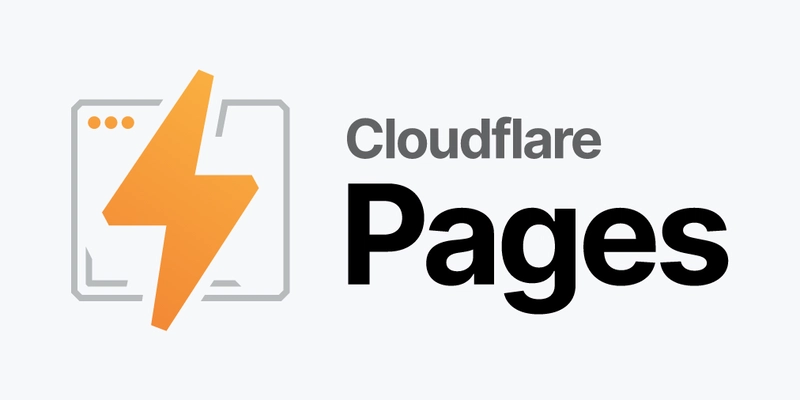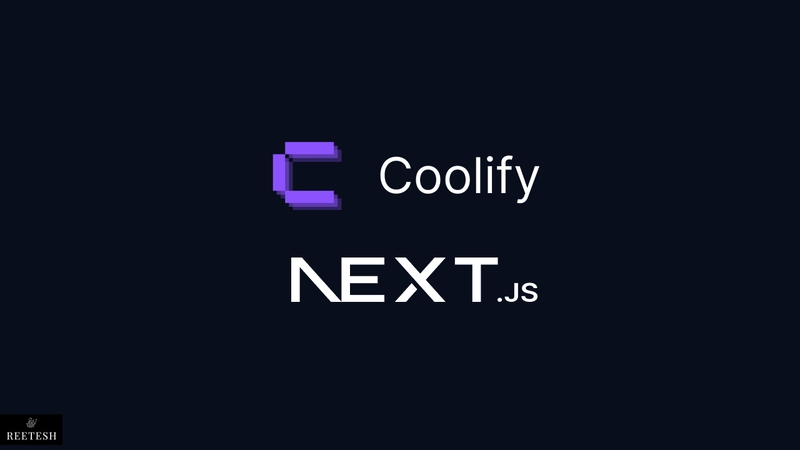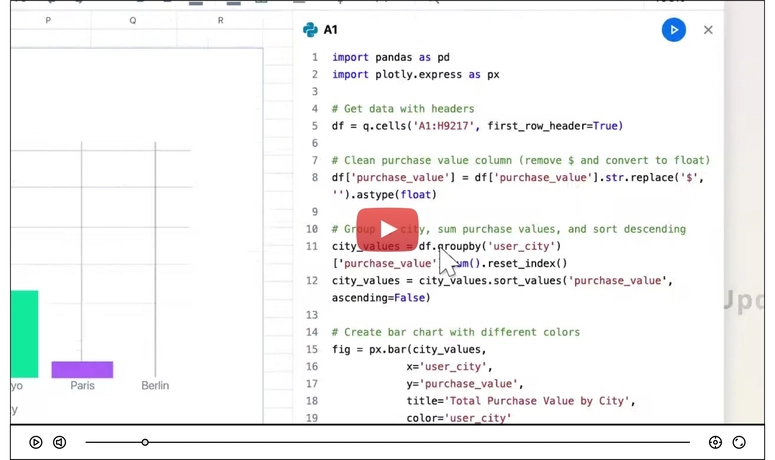As Next.js continues to thrive in 2025, developers are on the lookout for free hosting options that suit personal projects, MVPs, and learning experiences. Thankfully, several platforms offer solid free tiers to host Next.js applications with minimal hassle and zero upfront cost. In this guide, we’ll explore top free hosting providers for Next.js in 2025, weighing their pros and cons so you can make the best decision for your needs.
1. Vercel – Seamless Hosting Built for Next.js
Created by the team behind Next.js, Vercel remains the top choice for Next.js deployments in 2025. It’s tightly integrated with the framework and offers one of the most generous and intuitive free tiers.
Pros:
- First-Class Next.js Support: Native handling of SSR, SSG, API routes, and image optimization with zero configuration.
- Generous Free Tier: 100 GB bandwidth, 6,000 build minutes, and 100 GB-hours of serverless execution per month.
- Global CDN: Edge deployments make apps fast worldwide.
- Great Developer Experience: Git integration, preview deployments, and clean UI.
- Image Optimization: Built-in performance enhancements.
Cons:
- Limited Scaling: Paid plans start at $20/month.
- No Database Included: You'll need an external database provider.
- Commercial Limitations: Commercial use requires a paid plan.
Best For: Learning, portfolios, and lightweight personal projects.
2. Netlify – Great for Static Sites and Simplicity
Netlify continues to be a go-to for Jamstack-style apps, and it handles basic Next.js projects well.
Pros:
- Simple Deployment: Git-based workflows and drag-and-drop UI.
- Decent Free Tier: 100 GB bandwidth and 300 build minutes per month.
- Serverless Functions: Good for dynamic routes and APIs.
- Global CDN & SSL: Built-in performance and security.
Cons:
- Build Time Limits: 300 minutes can be tight for frequent builds.
- Limited SSR Support: Full SSR needs extra configuration.
- Pricing Jumps Quickly: Paid plans start at $19/month.
Best For: Static and hybrid Next.js apps with minimal backend needs.
3. Cloudflare Pages – Edge Power and Global Performance
Cloudflare Pages leverages one of the world’s fastest edge networks to serve your Next.js apps efficiently.
Pros:
- Free Tier Perks: 100,000 daily requests, 500 build minutes/month, and unlimited static bandwidth.
- Edge Deployment: Lightning-fast global delivery.
- Workers Integration: Support for SSR via Cloudflare Workers.
- Custom Domains + SSL: Included out of the box.
Cons:
- Trickier SSR Setup: Needs Cloudflare Workers knowledge.
- Build Time Limits: 500-minute cap may restrict scaling.
- Learning Curve: Requires familiarity with the Cloudflare ecosystem.
Best For: High-traffic static apps with optional serverless upgrades.
4. Firebase Hosting – Google-Backed and Ecosystem-Friendly
Firebase Hosting remains a reliable solution for developers already within Google’s ecosystem.
Pros:
- Free Plan: 1 GB storage and 10 GB bandwidth/month.
- CDN via Google: Fast and stable delivery.
- Full-Stack Support: Integrates with Firestore, Auth, and Cloud Functions.
- SSR Support: Possible through Cloud Functions.
Cons:
- Basic Customization: Limited compared to Vercel.
- Pricing Can Escalate: Usage-based billing adds up.
- Setup Time: Integrations require extra work.
Best For: Real-time Next.js apps and those needing Google services.
5. Oracle Cloud + Coolify – DIY Hosting With Serious Power
For developers comfortable with managing infrastructure, Oracle Cloud with Coolify offers outstanding free resources.
Pros:
- Always Free Tier: 2 Arm-based VMs (4 cores, 24 GB RAM total) and 200 GB storage.
- Self-Hosted Freedom: Coolify makes deploying full Next.js features simple.
- High Resource Cap: Ideal for large or demanding apps.
- Upgradeable: Easily scale with Oracle’s paid offerings.
Cons:
- Technical Setup: Requires configuring servers and Coolify.
- No Built-In CDN: You’ll need to add Cloudflare or similar manually.
- Maintenance Required: You're responsible for updates and uptime.
Best For: Resource-heavy apps and developers seeking control and performance.
General Pros of Free Hosting in 2025
- 💸 Cost-Efficient: No need to invest to experiment or launch.
- 🚀 Fast Deployment: Git-based CI/CD on most platforms.
- 🌍 Global Reach: Built-in CDN on many services.
- 🧪 Great for Testing: Try features freely without commitment.
General Cons of Free Hosting in 2025
- ⛔ Usage Limits: Bandwidth, builds, or storage can run out.
- ⚠️ Feature Limitations: Full SSR/API access might be gated.
- 🙅 Limited Support: Free plans usually offer community-only support.
- 💰 Scaling Costs: Going beyond the free tier may get expensive.
Final Thoughts
Choosing the right free Next.js host in 2025 depends on your project’s complexity, growth expectations, and your technical comfort level.
- For tight Next.js integration and simplicity – go with Vercel.
- For quick static sites – try Netlify.
- For edge performance – check out Cloudflare Pages.
- For Google integration – use Firebase.
- For maximum power and control – self-host with Oracle Cloud + Coolify.
Test the waters with free tiers and scale when your needs grow. Happy building! 🚀
I hope this was helpful, and I’d be happy to connect and follow each other!









Top comments (2)
Let us be real here. Vercel is the owner of Next.js and vercel has designed Next.js to work best if it is deployed on Vercel. You will understand what I mean when you try scaling full-fledged Next.js project on a non-vercel platform. Correct me if i am wrong.
Thanks for dropping your thoughts!
To be honest, I’m team Vercel too. Everything’s been smooth so far and I haven’t run into any “uh-oh” moments (hopefully it stays that way 😄).
I’m actually working on a longer list of similar platforms. If you're into that kind of stuff, a new post is coming soon!